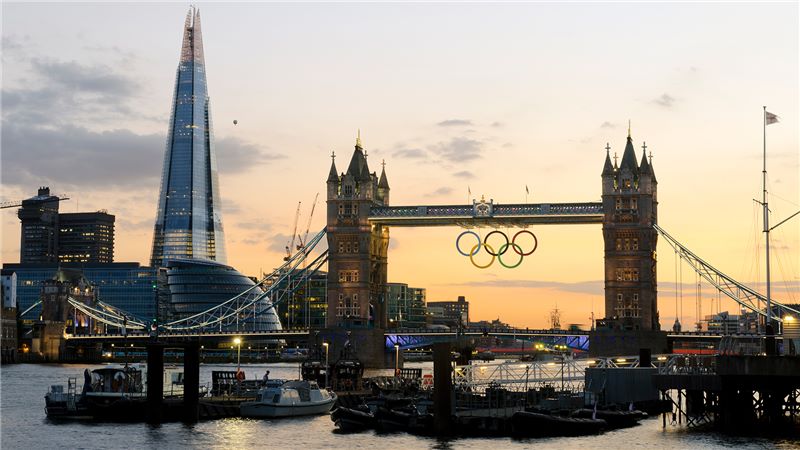Perspectives
Creating great places in Yorkshire’s ‘left behind’ communities
So-called ‘left behind’ places have been at the heart of the Conservatives biggest election win in 30 years, where gains have been made across the ‘red wall’ of traditional Labour heartland seats, many of which voted strongly in favour of leaving the EU in the 2016 referendum.
This has shone a light on Yorkshire constituencies such as Wakefield, Rother Valley and Keighley, where traditional manufacturing employment has declined over recent decades.There is a broad political consensus that something must be done to improve economic and social outcomes across the UK, and particularly in towns and coastal communities in the North of England where incomes can be up to £7,000 lower than the national average and health outcomes have worsened over the last decade. Deaths from cardiovascular diseases are almost 10% higher in the North than the English average, and life expectancy is lower.
This disparity impacts not only the lives of affected individuals and their families, but affects quality of life more broadly. Health and wellbeing play a major role in economic output – according to work by Oxford Economics, UK GDP in 2015 would have been over £25bn higher had it not been for the economic consequences of mental health issues.
Crucially, research carried out for Mace found that health and security are the highest priorities for people when considering where to live. Our polling shows 90% of people think having a good local GP and low crime rates are important factors in deciding where to locate themselves. Over 70% of people are willing to pay a premium on homes with easy access to good health facilities, low levels of crime and good transport links.
While the standard political response to this is to promise extra NHS and police spending, this alone will not help create healthier and safer communities. Instead, we need to think more holistically about the type of places we are creating. With 300,000 new homes needed every year in the UK to tackle the housing crisis, there is a real opportunity to create stronger, healthier communities if we get this right.
The link between health, security and place is not new, and as with so many areas of policy the Victorians were pioneers in this practice. Philanthropists such as Bradford’s Titus Salt understood the importance of providing high quality housing with easy access to green space and amenities. Health and wellbeing was at the heart of his vision for Saltaire, the model village which housed the workers employed in his nearby textile mill. Sir Titus understood that healthy employees were productive workers.
Creating healthier and happier places requires an integrated, holistic approach across the central and local government, and involving developers, businesses and public service providers. While there is no one size fits all approach to placemaking, our research identifies a series of measures which could help build better places. A key theme is the promotion of improved collaboration between developers and the public sector, and reforming the planning system to increase the rate of housing delivery.
We suggest the introduction of Supercharged Development Corporations with a specific ‘placemaking’ remit, creating a special zone where planning permissions are sped up and tax breaks for social enterprises, start-ups and small companies. Applications could be approved more quickly if they meet ‘placemaking’ requirements, such as certain levels of public service provision, while weight could also be given to the amount of affordable housing for ‘key workers’, such as nurses, teachers and care assistants.
There is also a major role to play for housing associations, who in many areas – particularly those ‘left behind’ communities – are ‘anchor’ institutions whose activity has knock on effects on the whole local economy. Local authorities could partner with housing associations to deliver successful, collaborative regeneration in designated areas. To fund these improvements, a placemaking levy could be placed on properties which have been vacant for two years or more, with councils administering the charge and the proceeds distributed through a special national fund.
Many of Yorkshire’s towns, coastal communities and rural areas would benefit from a greater focus on placemaking, and particularly on promoting the integration of health and housing policy. While the recent election campaign centred on big ticket issues such as the NHS and Brexit, in thanking voters in the North and investment into the many ‘left behind’ industrial towns which have shown support for his new Government, Prime Minister Boris Johnson has demonstrated just how important the issue of ‘place’ really is.
If the Government fails to address the problems of such areas – by building on the devolved powers that have already been handed to the North and setting out further opportunity for the region to take more control of its destiny - they will quickly lose the support they have been given from the traditional labour heartlands.
Politicians of all stripes would do well to remember this. While Brexit may have been a decider for many, it is also the importance of community, health and security that are valued above the most commonly discussed political themes. Only by creating great places can we address the deprivation which blights many parts of the UK.











